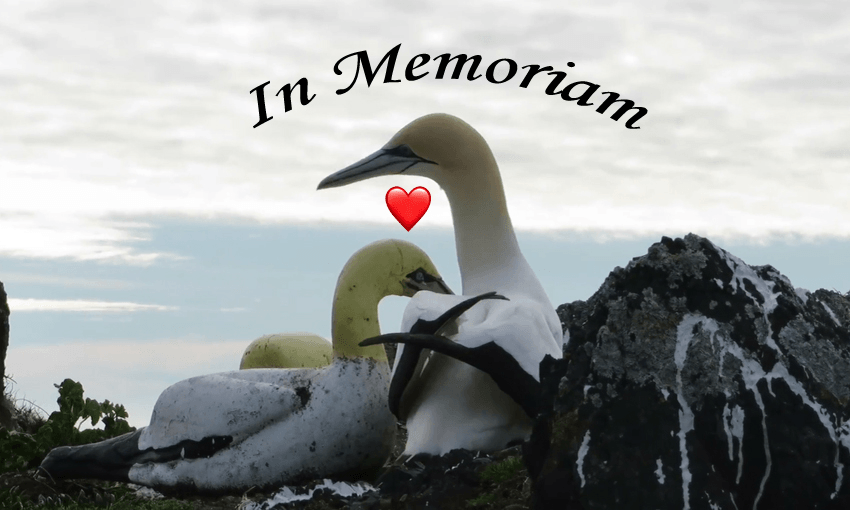Results of two vaccine trials are in and the news is encouraging. Siouxsie Wiles explains what it all means, and what happens next.
As the number of confirmed cases of Covid-19 approaches 15 million, with more than 600,000 deaths around the world, there is at least some positive news on the vaccine front. The results of two early-phase vaccine trials have just been published and they are as good as we could hope for.
What are the vaccines?
These new studies tested the ChAdOx1-S vaccine, developed by the University of Oxford and supported by AstraZeneca, and the Ad5-vectored vaccine, developed by the Beijing Institute of Biotechnology and CanSino Biologics.
Both these vaccines are based on weakened forms of cold viruses (adenoviruses) that aren’t able to replicate in human cells and that have been engineered to express the spike protein from the Covid-19 virus. The Oxford/AstraZeneca vaccine uses an adenovirus originally from chimps and the Beijing Institute/CanSino vaccine uses a human adenovirus.
What does “early-phase trials” mean?
Early-phase vaccine trials (known as phase 1 and phase 2 trials) test vaccine candidates in small numbers of healthy people (usually in the tens to hundreds) over a short timeframe to see if the vaccines are safe and what the most common short-term side effects are. They may also look at different doses of the vaccine.
These particular two trials also looked to see if people made an immune response in the form of antibodies that would be able to neutralise the Covid-19 virus or T-cells that would be able to kill virus-infected cells. What early-phase trials are not able to tell us is whether the vaccines actually work to protect people from Covid-19. That’s what phase 3 trials are all about.
What are the main findings of the two studies?
The studies have shown that both the Oxford/AstraZeneca vaccine and the Beijing Institute/CanSino vaccine are safe over the short term and that the majority of healthy people mount an immune response.
In the Oxford/AstraZeneca vaccine study, 1,077 healthy adults aged 18-55 and mostly white were given either the ChAdOx1-S vaccine or a control in the form of a widely used meningitis vaccine. People receiving ChAdOx1-S were more likely to report feeling tired or having a headache or some tenderness where they were injected, but these side effects were reduced by taking paracetamol. More than 90% of people generated neutralising antibodies, and everyone mounted a T-cell response. Ten people were given a second booster dose of the vaccine and that worked well too.
In the Beijing Institute/CanSino study, 508 healthy people aged 18-83 were given either one of two different doses of the Ad5-vectored vaccine or a placebo. Again, more people receiving the vaccine than the placebo experienced side effects including fever, tiredness, headache, or pain at the injection site. About 85% of people made neutralising antibodies and more than 90% mounted a T-cell response. An important finding was that people older than 55 years of age had lower antibody responses than younger people. This might be because older people are more likely to have been exposed in the past to the human adenovirus used as the vaccine backbone and might mean this vaccine may not be as effective in older people.
Do these studies mean we’ll see a Covid-19 vaccine rolled out soon?
No. Or at least not widely. Phase 3 trials of the Oxford/AstraZeneca vaccine are now under way in Brazil, the UK and South Africa. These are designed to be a year long and to test one versus two doses of the vaccine against the meningitis vaccine as a control. If you’re interested, the study participant information sheet for the UK arm of the trial is online here. Some of the participants in the trial will get a weekly swab for Covid-19. As well as continuing to look at safety and side effects, the researchers will be looking to see if more people who get the meningitis control vaccine come down with Covid-19 compared to those receiving the experimental vaccine.
As the pandemic continues accelerating, I imagine if it starts to look like the vaccine is protective, the researchers will apply for some kind of compassionate use approval to be able to give the vaccine more widely. This was what was done during trials of Ebola vaccines that started looking promising. That might mean vaccinating people in Covid-19 hotspots who are either at highest risk of becoming infected or those at risk of having a bad outcome. That strategy will have to be balanced with whether the vaccine is safe for older people or those with underlying health issues, a question which I’m not sure the current phase 3 trial will actually answer.
Are there other ways to see if these vaccines work?
Another strategy being proposed by the Oxford researchers to test whether their vaccine works is to carry out human challenge studies. This means vaccinating people and then deliberately infecting them with the Covid-19 virus. I’m not in favour of this approach at all. Not only is it extremely risky, but I have lots of questions as to how you would properly replicate the natural exposure of people to the virus.
In summary, the two new studies give us plenty of reasons to be cautiously optimistic that a vaccine for Covid-19 will be developed. But we will need to be patient a little longer to find out whether either of these candidates are actually able to protect people from Covid-19. And if they do, then scaling up production and delivery will be the next big challenge.
To bring the pandemic under control, any vaccine will have to be available to everyone, not just the countries and communities that can afford to pay big bucks for it. On that front, it’s good to see that AstraZeneca has already committed to support access to the vaccine at no profit during the pandemic. The company recently agreed a licence with the Serum Institute of India to supply one billion doses for low- and middle-income countries. It looks like hundreds of millions of doses will also be available through agreements with Europe’s Inclusive Vaccines Alliance, the Coalition for Epidemic Preparedness Innovations, and the global vaccine alliance Gavi.



